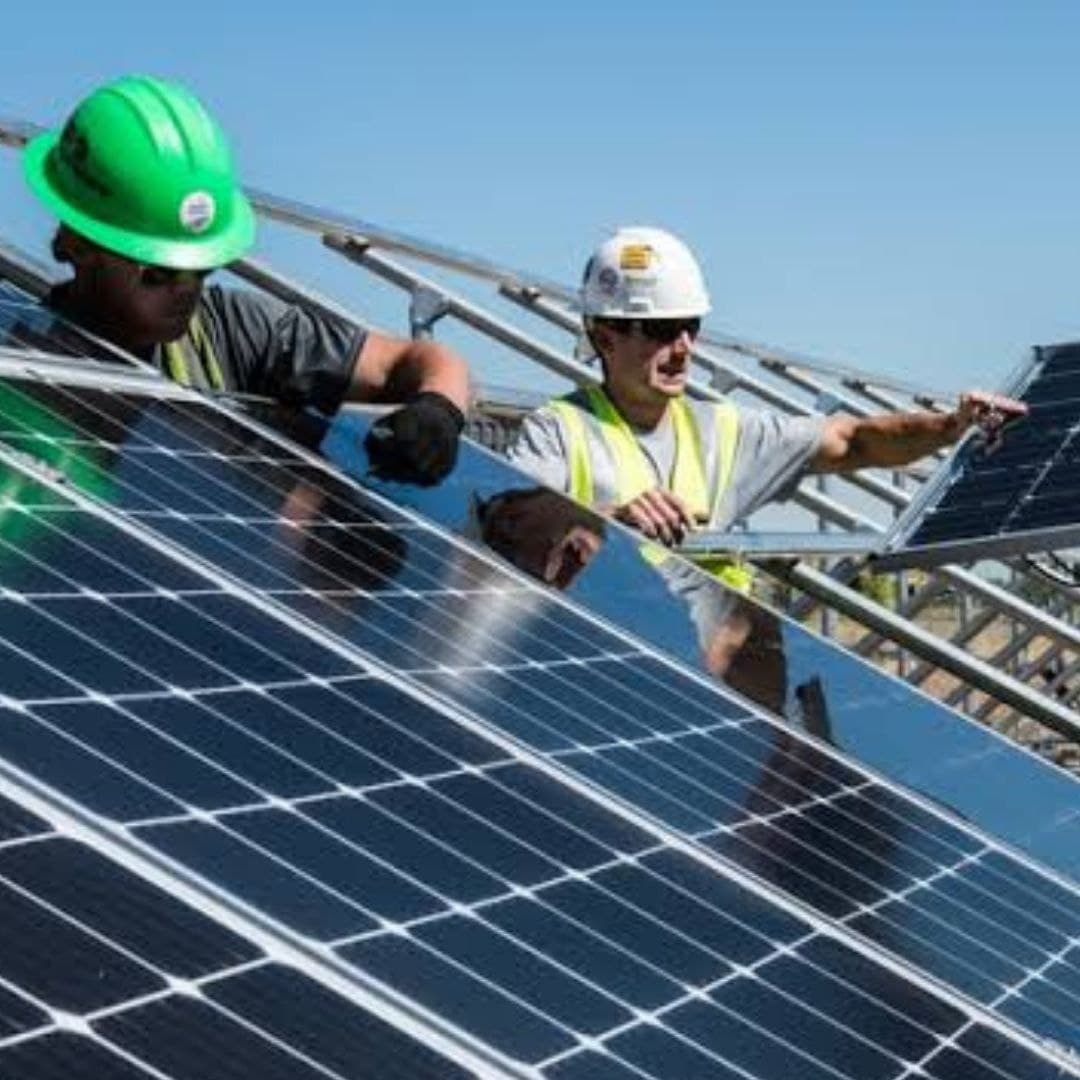
Image Credit: Unsplash
India Fails To Achieve Even 20% Rooftop Solar Target Ahead Of 2022 Deadline
Writer: Nida Fatima
Nida Fatima is enrolled in Guru Gobind Singh Indraprastha University, New Delhi. She has done her Bachelors in Science and now she is pursuing Master’s in Mass Communication. She is an effective communicator aspiring to be a journalist with conscience, clarity, reason and balance.
India, 8 Sep 2021 4:43 PM GMT
Editor : Madhusree Goswami |
A mountain girl trying to make it big in the city. She loves to travel and explore and hence keen on doing on-ground stories. Giving the crux of the matter through her editing skills is her way to pay back the journalism its due credit.
Creatives : Nida Fatima
Nida Fatima is enrolled in Guru Gobind Singh Indraprastha University, New Delhi. She has done her Bachelors in Science and now she is pursuing Master’s in Mass Communication. She is an effective communicator aspiring to be a journalist with conscience, clarity, reason and balance.
India has a target of achieving 40 GW of green energy from the rooftop solar sector by 2022 but it has not been able to achieve even 20% from it so far..
In 2015, India set a renewable energy capacity target of 175 gigawatts (GW) by 2022 for transitioning to a low-carbon pathway. Of this, 100 GW was earmarked for solar capacity with 40 GW (40 per cent ) expected to be achieved from the rooftop solar sector by 2022. Later, the plan ramped up to 450 GW that has to be completed by 2030.
Recently, India achieved an installed capacity of 100 GW of renewable power, 78 per cent of which is due to large-scale solar and wind power projects. According to scientists and conservationists, rooftop solar is considered an alternative to renewable energy projects. The government's report states that the country achieved 5.1 GW of rooftop solar by July.
Challenges
 All section
All section














